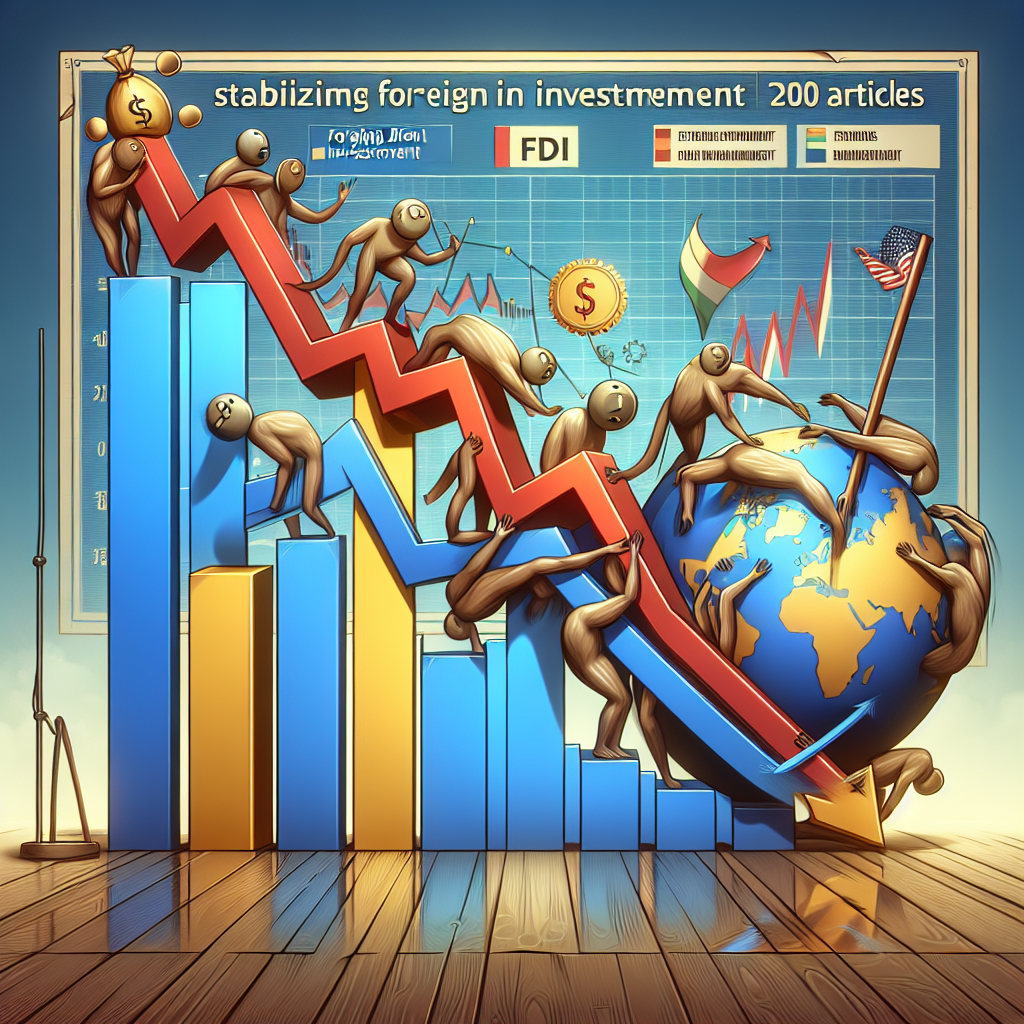Despite the Chinese Communist Party’s introduction of measures such as the “Stabilizing Foreign Investment 20 Articles” in February this year to attract foreign capital, the latest official data shows that actual foreign direct investment (FDI) in China continues to decline. In the first five months of this year, FDI decreased by 13.2% year-on-year, with a particularly noticeable drop in May.
According to data released on June 20 by the official website of the Chinese Ministry of Commerce, the situation of foreign capital inflows is severe. From January to May this year, China established 24,018 new foreign-invested enterprises, an increase of 10.4% compared to the previous year. This indicates an increase in the number of newly registered foreign-funded enterprises.
However, the actual amount of FDI in China was 358.19 billion yuan, a 13.2% decrease compared to the previous year, indicating a decrease in the total amount of foreign capital flowing into China.
In the first four months of this year, the total amount of foreign investment actually absorbed by China was 320.78 billion yuan, a decrease of 10.9% compared to the same period last year.
In May, only 37.41 billion yuan in foreign investment was absorbed, a further increase in decline to 13.2%, showing a significant downward trend.
The Chinese Ministry of Commerce only vaguely disclosed that from January to May, the actual use of foreign investment in the manufacturing industry was 91.52 billion yuan, and in the service industry was 259.64 billion yuan, without providing more detailed industry categories and source data.
Retrospectively, signs of insufficient foreign investment inflow in China this year have been evident for some time. According to data released by the Chinese Ministry of Commerce, in January this year, the actual use of foreign investment in China was 97.59 billion yuan, a 13.4% decrease compared to the previous year, and lower than 102.2 billion yuan in January 2022 and 127.6 billion yuan in January 2023. This marks the worst start in the past four years.
Furthermore, in 2024, China’s actual use of foreign investment was 826 billion yuan, a 27.1% decrease compared to the previous year, reaching the lowest level since 2016.
Facing the pressure of continuous outflow of foreign capital, on February 19 this year, the Chinese Ministry of Commerce and the National Development and Reform Commission issued the “2025 Stabilizing Foreign Investment Action Plan.”
Official media reports indicated that the plan involved 20 specific measures in four aspects such as orderly expansion of independent opening up and improvement of investment promotion levels, including expanding open pilot projects in telecommunications, healthcare, education, and other sectors.
However, the effectiveness of this policy has raised doubts among scholars. American economist David Huang told Epoch Times that the “Stabilizing Foreign Investment 20 Articles” is a typical emergency measure, similar to treating a headache or a sore foot without addressing the core issues of concern for foreign capital, making it difficult to reverse the trend of continued outflow of foreign capital and restore global investors’ confidence in the Chinese market.
Professor Xie Tian from the Darla Moore School of Business at the University of South Carolina stated that the Chinese Communist Party’s proposal came too late and some of the data might be inflated by the Chinese Communist Party, likely being false, as the actual foreign investment numbers are sharply declining.
He believed that the Party’s plan was essentially a response to the impending trade war and tariff war with President Trump of the United States. With foreign capital leaving and some funds unable to be taken out of the country, money is being withdrawn hastily, making the Party release so many measures in a rush, indicating that the outflow of foreign capital has reached a point that greatly concerns the Party.
Both Huang and Xie emphasized that over the years, the Chinese Communist Party has been advocating for stable financial and foreign investment, but the “Stabilizing Foreign Investment 20 Articles” lacks substantial innovation and largely overlaps with previous similar policies. This indirectly confirms that previous commitments to encourage foreign investment may have been mostly empty promises.

